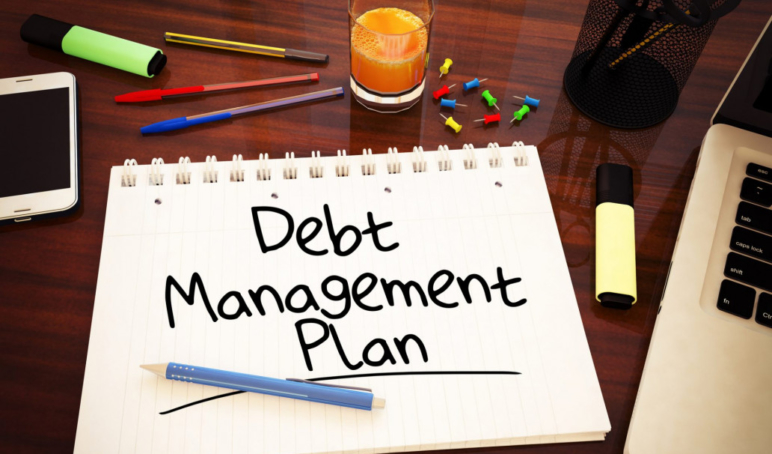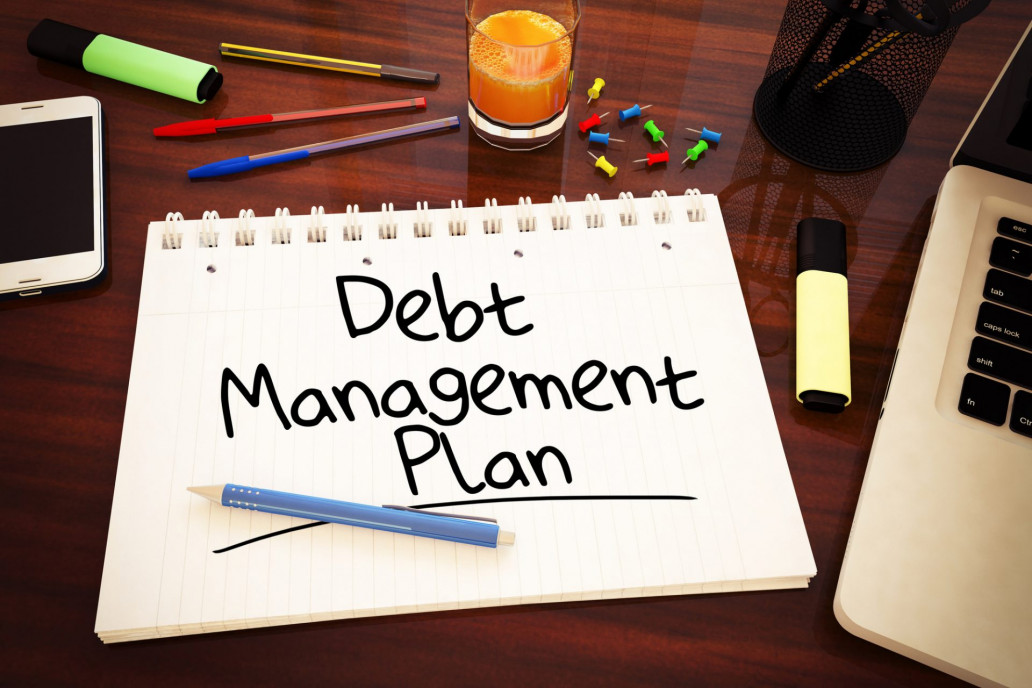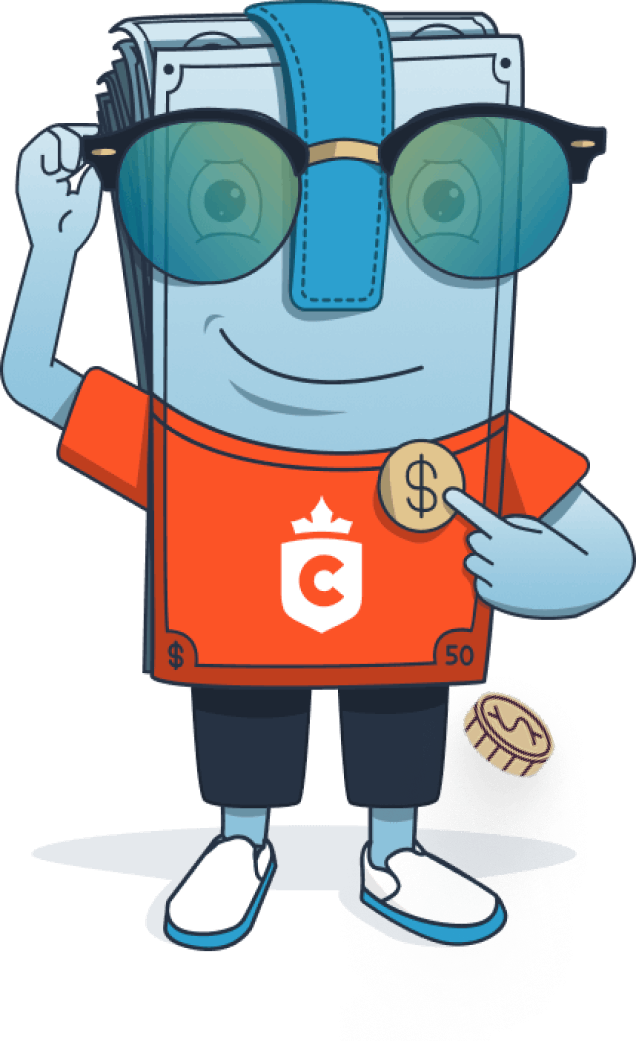

Think fast.
You’re getting ready to refinance your mortgage or purchase a new car when the loan officer at the bank says, “You’ve got 18 months to lower your debt.” What tools do you use to become debt free?
According to CTV News, Canadians owed $1.77 for every dollar they made in December 2021. If you’re in that number, you’re in good company. But once interest rates kick in and your payments start going up accordingly, debt has a unique way of consuming your life and every spare cent with it.
Would you like to get rid of debt once and for all? Would you like a proven system for reducing and eliminating debt? Read on to see our list of debt-busting must-haves.
Tackling the Debt
The first step to eliminating debt can be summed up in two words: strategic planning. If you want to create a plan that’s so automatic that you don’t even have to think about it, you need to know exactly what you’re up against.
To that end, here are three resources that will make your debt repayment journey a lot easier:
1. A Complete List of Your Debts
It’s not enough to just know in your head that you’ve got credit card debt and a car loan to pay off. You need exact numbers before you can start putting together a debt management plan.
First, you’ll want to sit down and go through your monthly payments. Are you repaying student loans? Do you have a line of credit with a fairly high balance?
Then, you’ll need to list the total amount of debt for each creditor alongside the monthly minimum payments. Once this is done, you’ll need to enter this information into a spreadsheet or a tracking app so that you can have an idea of how much you owe and what you’ll have to spend each month to pay down those debts.
You wouldn’t launch a major product at work without understanding the scope of the project. It’s a similar deal with your debt repayment plan.
2. A Codified Debt Repayment Strategy
Once you’ve figured out what you owe, the next step is to put together a list of rules that will make your debt payment plan automatic. To that end, the two most popular methods of paying down debt include the avalanche and snowball techniques.
With the snowball strategy, you start by paying off the smallest debt first before putting your debt repayment funds towards paying down the next largest debt. Canadians who opt for the avalanche debt payment method will start by paying off the highest-interest debt before working their way down to the lowest-interest debt.
The benefit of the avalanche method is that it saves you money in the long run. Interest payments can cost you hundreds or thousands of dollars above and beyond the principal amount owed. By taking out your highest-interest debts as soon as possible, you can keep that much more money in your wallet.
However, if you’re the type of person who likes to see short and fast wins, the snowball method could give you the psychological boost you’re looking for.
Whichever method you choose, however, you’ll want to sit down and give yourself a list of rules that will make the repayment process automatic. If you know that you’ve got $1,000 to spend on repaying your debts each month, you won’t suffer from paralysis by analysis.
3. A Spare Change App
If you’re like most Canadians, chances are that rounding your grocery bill up from $134.76 to $135 or $140 wouldn’t exactly be breaking the bank. But over the course of a month or a year, that spare change can add up to a substantial sum.
Let’s say you owe $2,000 on your credit card and you’re already paying $100 a month on it alongside your other bills. Even if your spare change only comes out to $20 or $30 at the end of every month, you’ll be able to take an additional $200 to $300 off of your debt and you probably won’t even miss the money.
And the cool thing is that you can use an app to pull the spare change, or you can do it yourself by logging into your account every time you purchase an item and rounding up to the next dollar or ten. Depending on the tools and apps available through your bank, you might even be able to pull this off simply by changing your settings.
Talk about an easy way to free up money.
Lifestyle Changes
You’ve got your debt repayment plan, your spare change-pulling method, and a resource that’ll help you keep track of your payments. But you want to super-charge your debt repayment and put yourself in a position of financial security going forward. Here are some additional tools that you can use to free up your funds.
1. A Subscription-Tracking Spreadsheet
Do you pay for Netflix, Disney Plus, and Amazon Prime every month? Are you paying for a bunch of subscriptions that you don’t use on a regular basis? If your answer to any of these questions was “Yes, and I have a bunch of other recurring costs that I don’t keep track of,” this resource is for you.
Many companies that sell recurring memberships count on people to be apathetic and forgetful when it comes to canceling their payment plans. But when you’re looking to get out of debt, every monthly expense needs to be accounted for and scrutinized.
Even if the excess subscriptions only shake out to an extra $150 or $100 a month, that’s still a solid chunk of change that you could be using to get out of debt faster. This is your chance to cut down on lifestyle creep.
2. A Meal Plan
For a lot of Canadians, food delivery services and apps are an absolute time-saver during busy weeks. But when you add up the cost of ordering nice meals and salads through Skip the Dishes or Uber Eats, it’s easy to find yourself spending a couple hundred dollars or more each month on takeout.
So how can you cut down on these types of expenses without missing a beat? You can put together a weekly or monthly meal plan. And with enough prep, you can cook enough food for the week so that you don’t have to contemplate throwing dinner together after a hard day at the office.
Finding the right recipes may take a certain amount of trial and error. You may have to test out several meals before you find your staples. But once you get used to making your own meals, you’ll quickly find yourself saving money and eating better without having to make any drastic changes to your food preferences.
And then, once you’re at the store, purchasing generic brands or buying items in bulk can help you reduce your grocery and food-related bills even further.
3. Your App Store
The next place where people tend to spend excessively is when it comes to their personal hobbies. This is where you’ll have plenty of room to be ruthless.
For example, do you have an expensive gym membership? If you don’t want to move to a cheaper gym, you can purchase dumbbells, build a workout schedule through YouTube, or even start running outside with the help of your daily step counter.
Do you buy a daily coffee from Starbucks? It might be time to invest in a coffee maker and a milk frother to get that creamy latte taste.
From Hollywood blockbuster viewings to low-cost or free local events, you’ll be surprised at how much mileage you can get out of YouTube, Facebook events, and a few select workout, recipe, and general lifestyle apps.
4. Weekly Coupons and Social Media
There are people who coupon for the fun of it. And then there are people who know how to sniff out free events and food-related bargains as if their lives depend on it.
As you start looking at pain-free ways to live a little more frugally, coupons and flash sale announcements on social media are two resources to which you’ll want to pay special attention.
Does your regular store have a major sales event coming up? Can you use weekly offers and flyers as an opportunity to stock up on your staples at a slight discount? Are there cashback deals being offered for any items that you’re planning to purchase?
Believe it or not, these deals can add up to a substantial amount over time.
After-Debt Financial Strategies
According to the Government of Canada, just 49 percent of Canadians had a budget in 2019. Even after you’ve climbed out of debt and brought your credit card balance down to zero, you’ll want to have a few resources at your disposal that will allow you to keep yourself debt free for life going forward.
Some of the most effective tools we’ve seen include:
- Rules about credit spending
- A sustainable budget
- An emergency savings account
With these three resources at your disposal, a car breakdown or a roof replacement won’t be enough to leave you drowning in debt.
Going Debt Free is Simpler Than You Might Think
When your credit cards are constantly borderline maxed and your monthly payments make you say things like, “I wish I could put that money into savings,” it’s easy to feel like becoming debt free is a pipe dream.
But when you’re able to create and access resources that simplify the repayment process, bringing those debts down to zero becomes a lot easier.
Whether you need a cash influx or you’re looking to consolidate a few debts, we can help! Request your cash loan today.





